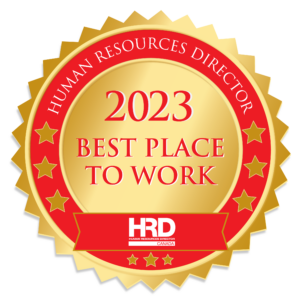Frank Larney
My interest in agriculture came from living as a youth on a farm in Ireland. After high school I decided to pursue "green agriculture” - the growing of crops, however, it wasn’t long before my focus changed to the study of soils. During my undergraduate degree, I received good instruction in soil courses and my interest in soils continued to a Master's Degree in Soil Science. I left Ireland after achieving a Ph.D. and came to the United States to do post-doctoral work. This experience gave me a good foundation and ultimately guided me to my present position. My current position was the result of a chance meeting. I traveled from Indiana in the U.S.A. to a conference in Scotland and there I met my future employer from Lethbridge, Alberta, Canada.
The North American experience I had gained was the key reason I was hired by Agriculture and Agri-food Canada. I still maintain a professional international connection in the United States as associate editor of a prestigious publication called The Journal of Environmental Quality. In Canada, government research scientists can advance through five levels of promotion. Each level is based on education and productivity assessed through performance appraisals. I am currently classified as a Level Three Research Scientist by this federal government classification. One of the better ways to keep up to date on new things happening in agriculture is to talk to farmers. Farmers are often trying innovative ideas and learning from each other. They can see if things work or don’t work and get quick feedback on their efforts.
Other sources of current information include scientific journals, workshops, professional societies, meetings and communication with colleagues. There is always work in the environmental science area. New projects and new ideas keep the role of a research scientist dynamic and challenging. During my career, I have collected quite a bit of research data. The next phase of my career will involve writing and publishing this information so others can benefit from it. Decisions made early in life have long term effects on your career. If possible, stay in school and finish your education before taking time off to pursue work or travel. If you are considering transferring your skills into Canadian agricultural research from another country you will need the required education and experience.
I have proven it can be done. If the first job you find is not providing the satisfaction you are looking for, strive for something better. If you are open to new ideas and new ways of doing things you will succeed. I spend most days in my office and generally work more than the thirty-seven and one half-hours per week I get paid for. During the growing season, I work at field sites. Fieldwork is challenging due to changing weather patterns that can destroy your data or make the results of your research uncertain. Balancing the conflicting demands of science and budgetary constraint can also be difficult. There is satisfaction though, at the end of a long process of research when your work is accepted and published by the scientific community and your efforts to help the environment are recognized.
One of the benefits of working as a Federal Research Scientist is also a unique way for me to contribute to the global environment. Agriculture and Agri-food Canada makes it possible for a scientist to take a sabbatical work transfer every seven years. This allows me to travel anywhere in the world and work for one year while still being paid by my employer. Not only is this an excellent professional development opportunity, but it is also a valuable way to share environmental expertise around the world.

